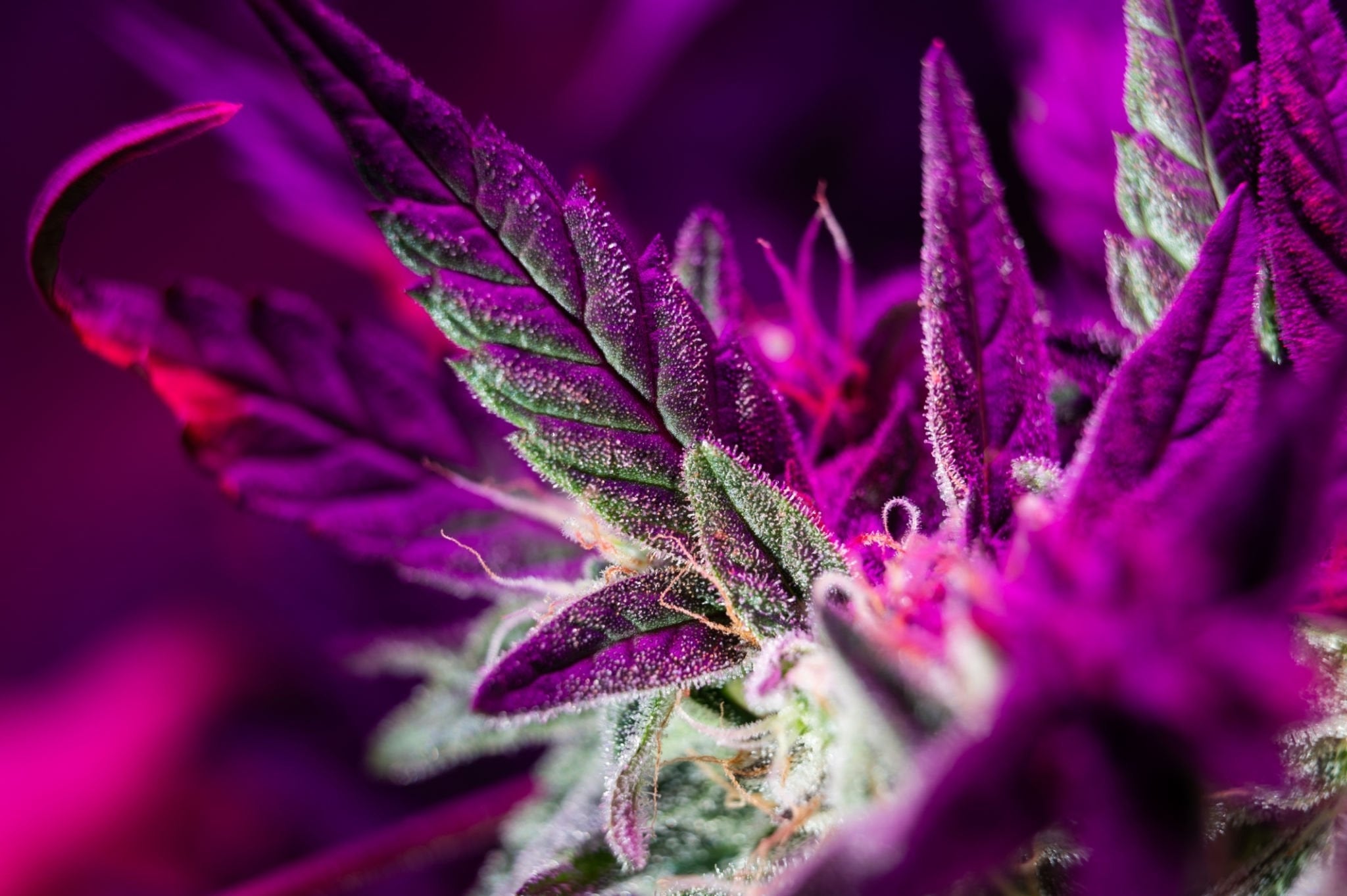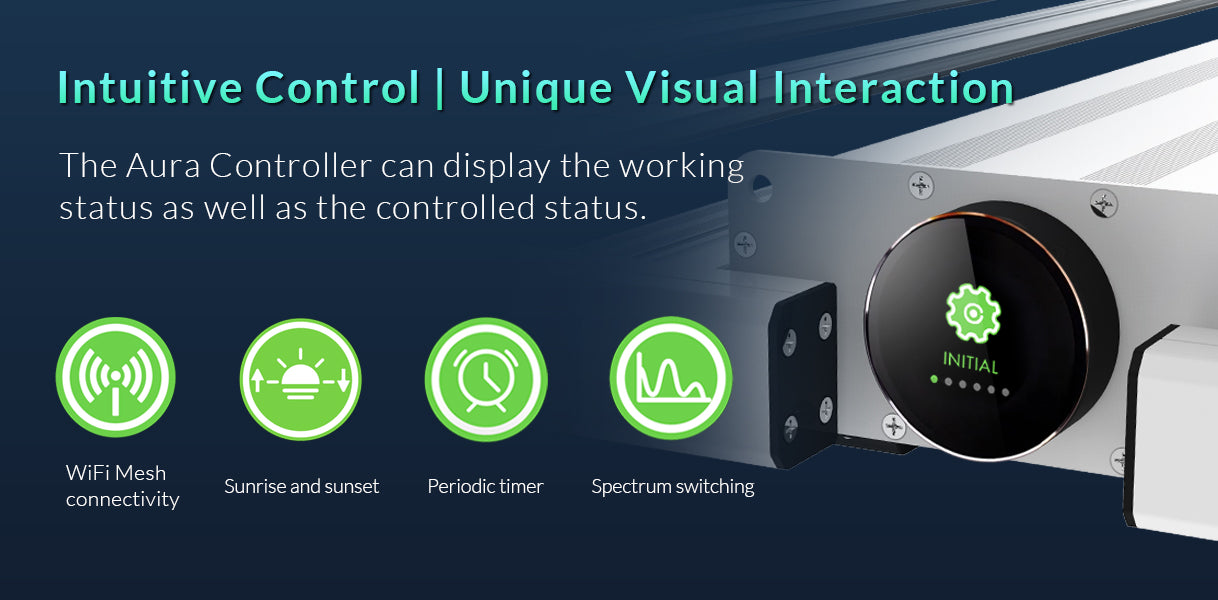
Advanced Techniques for LED Grow Light Optimization
As the popularity of indoor gardening continues to rise, growers are constantly seeking new ways to optimize their grow setups. LED grow lights have become the preferred choice of indoor growers due to their energy efficiency, low heat output, and long lifespan. However, there are several techniques that can be employed to optimize the performance of LED grow lights and achieve the best possible yields.
Determine the Right Spectrum
One of the most critical aspects of LED grow light optimization is selecting the right spectrum. Different plant species require different wavelengths of light for optimal growth, and selecting the right spectrum can significantly impact yield and quality.
For example, blue light is essential during the vegetative stage, while red light is crucial during the flowering stage. Some plants, like tomatoes, also benefit from green light during the flowering stage.
Many LED grow lights come with a full spectrum option, which can be suitable for growers who grow multiple plant species in one grow tent. However, for growers who want to optimize the performance of their grow lights, using spectrums tailored to the plant species is highly recommended.
Use Light Movers
Another technique for optimizing LED grow lights is to use light movers. Light movers are devices that move the grow light fixtures slowly back and forth over the plants. This technique helps to ensure that all parts of the plant receive equal amounts of light, preventing uneven growth.
Moreover, light movers can also help to increase the yield by up to 30% due to the way they spread the light over the plants. As a result, growers can use fewer lights while achieving better yields.
Use Light Intensity Meters
Light intensity meters are another essential tool for optimizing LED grow lights. These devices help growers measure the amount of light emitted by the grow lights, which is crucial for ensuring that the plants receive the correct amount of light for optimal growth.
Different plant species require different light intensities, and it's important for growers to monitor and adjust the light intensity according to their plants' needs. Light intensity meters can also help growers identify areas in the grow tent where the light intensity is low and adjust the light setup accordingly.
Implement Light Cycling
Light cycling is the process of controlling the light cycle for the plants to optimize their growth. Plants require a certain amount of light and darkness to grow properly, and controlling the light cycle can help to maximize yield and quality.
For example, during the vegetative stage, plants require 18-24 hours of light per day, while during the flowering stage, they require 12 hours of light and 12 hours of darkness per day. By controlling the light cycle, growers can manipulate the plants' growth cycle and achieve better yields.
Consider Light Supplemental Techniques
In addition to the primary LED grow lights, growers can also consider using supplemental lighting techniques to optimize their grow setups. One technique is to use reflective materials to reflect light back onto the plants. This technique can help to increase light penetration into the lower parts of the plants, where it's often insufficient.
Another technique is to use light strips or LED bars to supplement the primary LED grow lights. These supplemental lights can be placed in areas where the primary lights can't reach, such as the corners of the grow tent or the bottom of the plants.
Adjust Distance and Height of Lights
The distance and height of the LED grow lights from the plants are critical factors that can significantly impact plant growth and yield. The distance between the grow light and the plants determines the intensity of the light received by the plants, while the height of the grow light determines the light coverage area.
Growers should experiment with different distances and heights to find the optimal setup for their plants. Generally, during the vegetative stage, the grow lights should be placed closer to the plants, while during the flowering stage, they should be placed farther away to prevent heat damage.
Monitor Temperature and Humidity
Temperature and humidity are crucial environmental factors that can impact plant growth and yield. High temperatures can cause heat stress, while low humidity can lead to dehydration and wilting. Growers should monitor and control these factors to ensure optimal plant growth.
LED grow lights emit less heat than other grow light types, but growers should still monitor the temperature of their grow tent and adjust the ventilation and air circulation accordingly. Humidity should also be monitored and maintained at the optimal level for the plant species being grown.
In Conclusion
LED grow lights are an excellent choice for indoor growers due to their energy efficiency, low heat output, and long lifespan. However, by implementing advanced techniques such as determining the right spectrum, using light movers and intensity meters, implementing light cycling, considering light supplemental techniques, adjusting the distance and height of the grow lights, and monitoring temperature and humidity, growers can optimize their LED grow light setups and achieve the best possible yields and quality.
- Choosing a selection results in a full page refresh.
!

